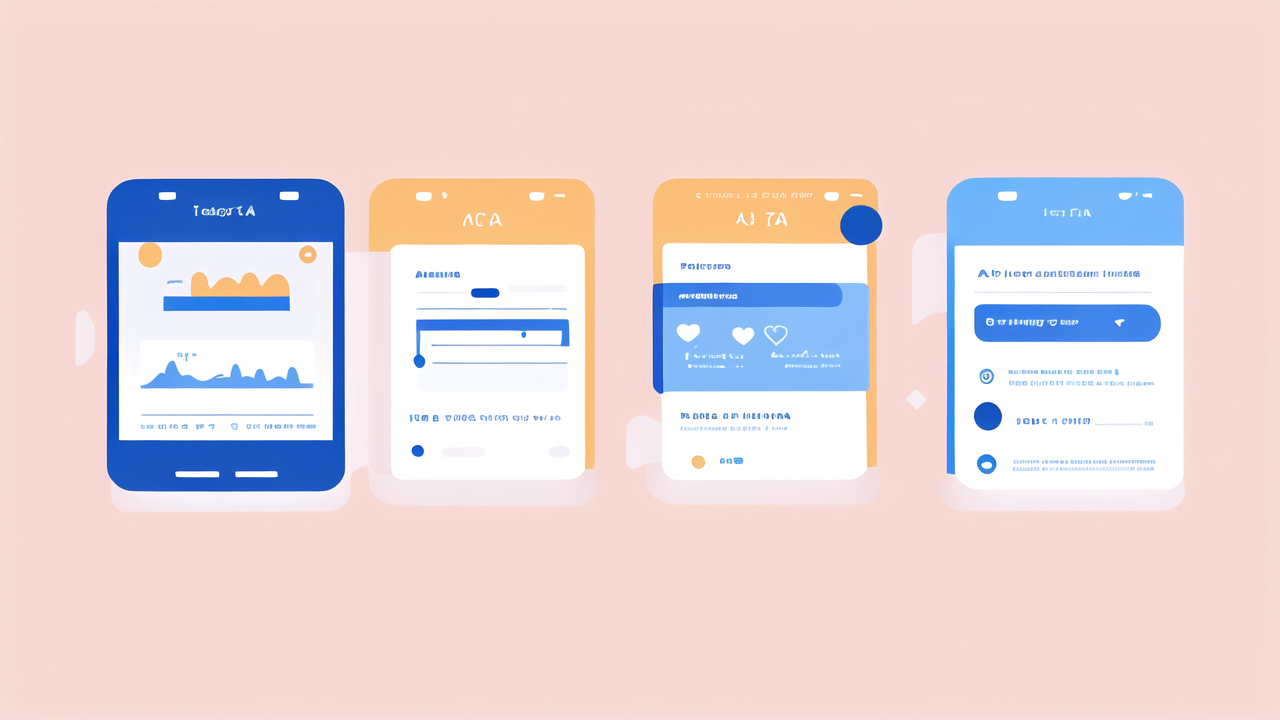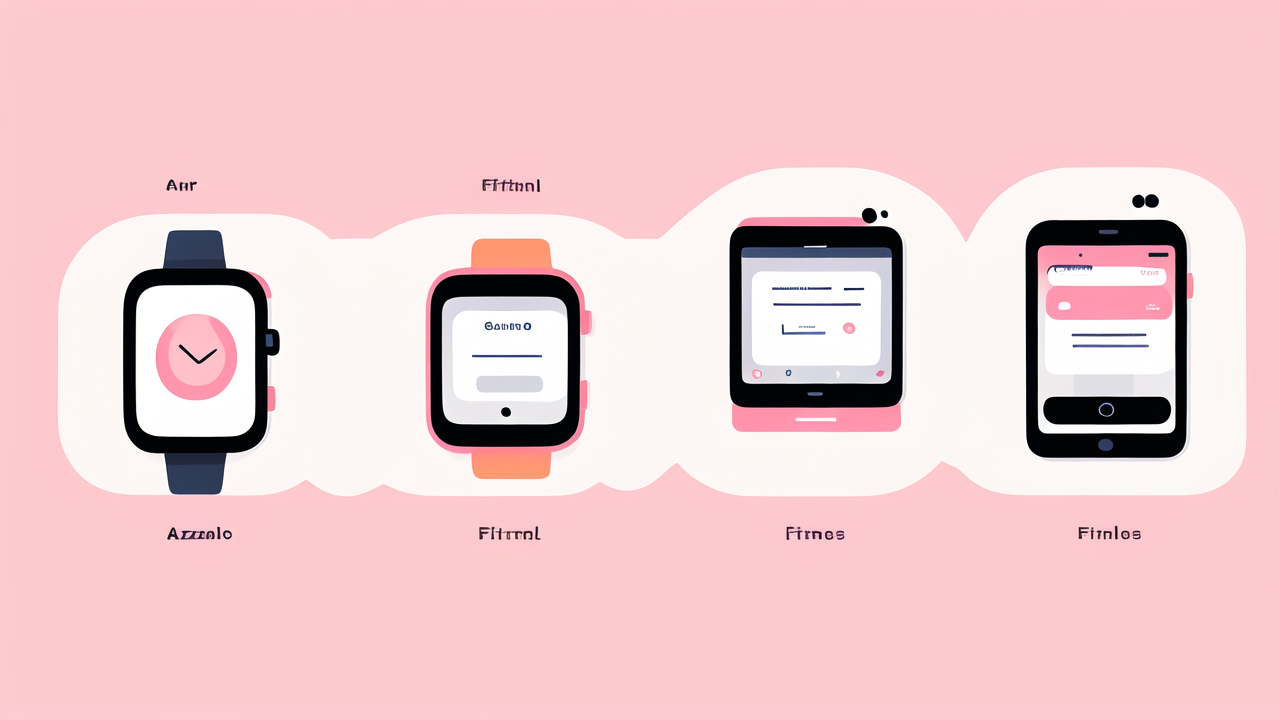The Evolution of Fitness Wearables: From Pedometer to Smart Bracelet
The Pedometer and Its Impact on Fitness Awareness
The journey of fitness wearables began with the humble pedometer. This simple device counted steps and sparked a revolution in personal health tracking. Pedometers made people aware of their daily activity levels. They encouraged users to move more and set step goals. This basic tool laid the foundation for future fitness tech.

As time passed, pedometers evolved. They became more accurate and user-friendly. Some models could estimate calories burned and distance traveled. These features helped users better understand their fitness progress. Pedometers showed that small, wearable devices could have a big impact on health habits.
Smart Watches and the Integration of Technology
Smart watches took fitness tracking to a new level. They combined the functions of pedometers with advanced tech. These devices offer heart rate monitoring, GPS tracking, and smartphone connectivity. Smart watches can track various workouts, from running to swimming. They provide real-time data and insights to users.
Many smart watches now include features like sleep tracking and stress monitoring. This gives users a more complete picture of their health. The integration of apps allows for goal setting and progress tracking. Some watches even offer guided workouts and personalized fitness plans. This tech makes it easier for people to stay motivated and reach their fitness goals.
The Role of Big Data and Analytics in Fitness Wearables
Big data and analytics have transformed fitness wearables. These devices now collect vast amounts of user data. This information is analyzed to provide personalized insights and recommendations. Users can see trends in their fitness levels over time. They can also compare their stats with others in their age group or fitness level.
Many fitness apps use this data to create community challenges and competitions. This adds a social aspect to personal fitness. It can boost motivation and engagement. Some health insurance companies now offer incentives for using fitness wearables. This shows how big data from these devices can impact various industries.
Top Smart Bracelets and Their Features in the United States
The Best Smart Watches for Fitness: Market Leaders
Several brands dominate the smart watch market in the US. Apple Watch leads with its seamless integration with iPhones. It offers a wide range of health and fitness features. Fitbit, now owned by Google, is known for its focus on fitness tracking. Garmin is popular among serious athletes for its advanced sports features.

Samsung's Galaxy Watch series provides a strong alternative for Android users. These watches offer comprehensive health tracking and stylish designs. Other notable brands include Amazfit and Huawei. They offer budget-friendly options with impressive features. Each brand has its strengths, catering to different user needs and preferences.
Innovative Features That Set Smart Watches Apart
Smart watches now offer features that go beyond basic fitness tracking. Many include ECG monitoring for heart health. Some can measure blood oxygen levels, useful for altitude training. Advanced sleep tracking provides insights into sleep quality and patterns. Stress monitoring helps users manage their mental health.
Some watches now offer menstrual cycle tracking for women's health. GPS tracking has become more accurate, benefiting outdoor enthusiasts. Many watches are now water-resistant, allowing for swim tracking. Voice assistants like Siri or Google Assistant are common in high-end models. These features make smart watches valuable tools for overall health management.
How to Choose a Smart Bracelet for Your Fitness Goals
Choosing the right smart bracelet depends on your specific needs. Consider your primary fitness activities. Runners might prioritize GPS accuracy and battery life. Swimmers should look for water resistance and swim tracking. If you're new to fitness, a simpler model with good motivational features might be best.
Think about compatibility with your smartphone and other devices. Battery life is crucial, especially for all-day wear. Consider the design and comfort for continuous use. Price is also a factor, but remember that cheaper models may lack advanced features. Read reviews and compare specs to find the best fit for your lifestyle and goals.
The Future of Fitness Wearables: Trends and Predictions
The Integration of AI and Machine Learning
AI and machine learning are set to revolutionize fitness wearables. These technologies will enable more accurate and personalized health insights. Future devices may predict health issues before they occur. They could offer tailored workout and recovery plans based on your body's responses. AI could also improve the accuracy of calorie counting and nutrient tracking.

We may see smart watches that can detect early signs of conditions like diabetes or heart disease. This could lead to earlier interventions and better health outcomes. AI might also enhance the social aspects of fitness apps. It could match users with ideal workout partners or suggest local fitness events.
Wearable Technology and User Experience
The future of wearable tech will likely focus on improving user experience. We may see more seamless integration with other devices and services. Augmented reality could be used to provide real-time coaching during workouts. Voice control and natural language processing might make interaction more intuitive. Battery life will likely improve, allowing for longer use between charges.
Wearables might become more discreet, possibly integrating into clothing or jewelry. This could make them more appealing to a wider range of users. We may also see more specialized devices for specific sports or health conditions. The goal is to make fitness tracking a more natural part of daily life.
The Potential Impact of Smart Watches on Public Health
Smart watches have the potential to significantly impact public health. They could help in early detection of health issues on a large scale. This data could inform public health policies and interventions. Wearables might play a role in managing chronic conditions like diabetes or hypertension. They could remind users to take medication or alert healthcare providers to concerning changes.
In emergencies, smart watches could provide critical health information to first responders. They might also be used in clinical trials to gather more accurate and continuous data. As these devices become more common, they could help create a more health-conscious society. This could lead to reduced healthcare costs and improved overall public health.




Leave a comment
This site is protected by hCaptcha and the hCaptcha Privacy Policy and Terms of Service apply.